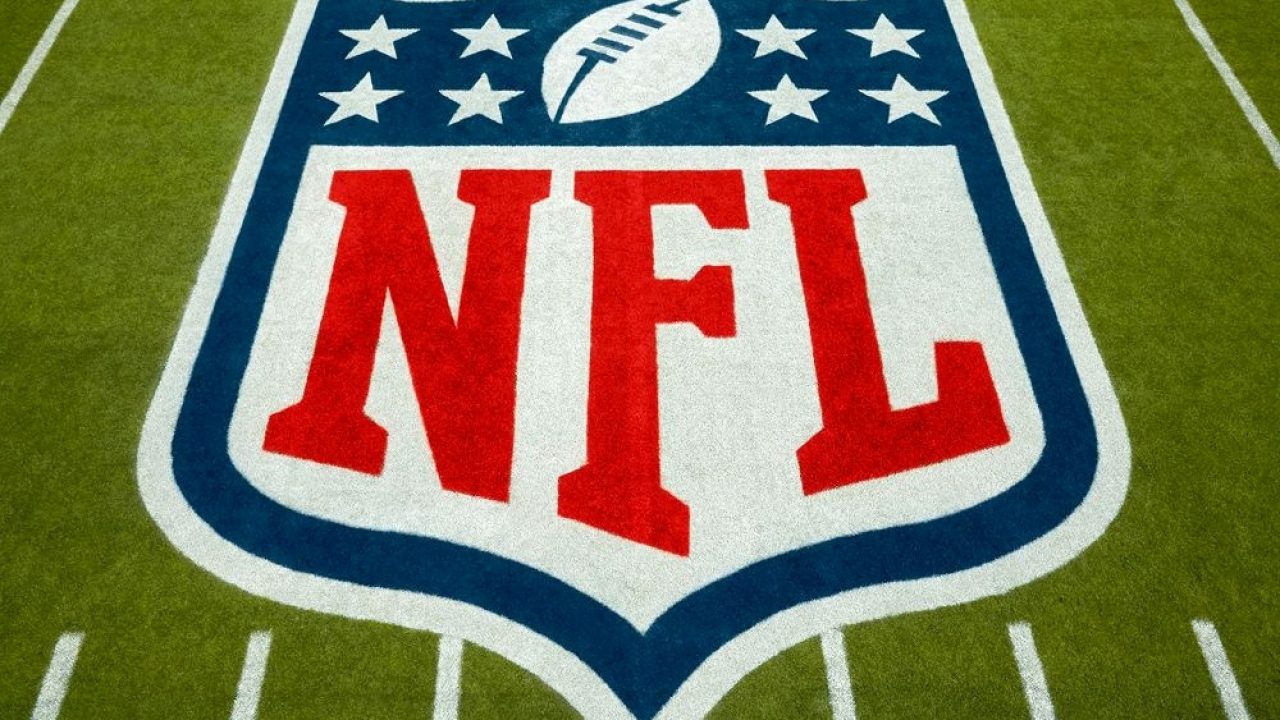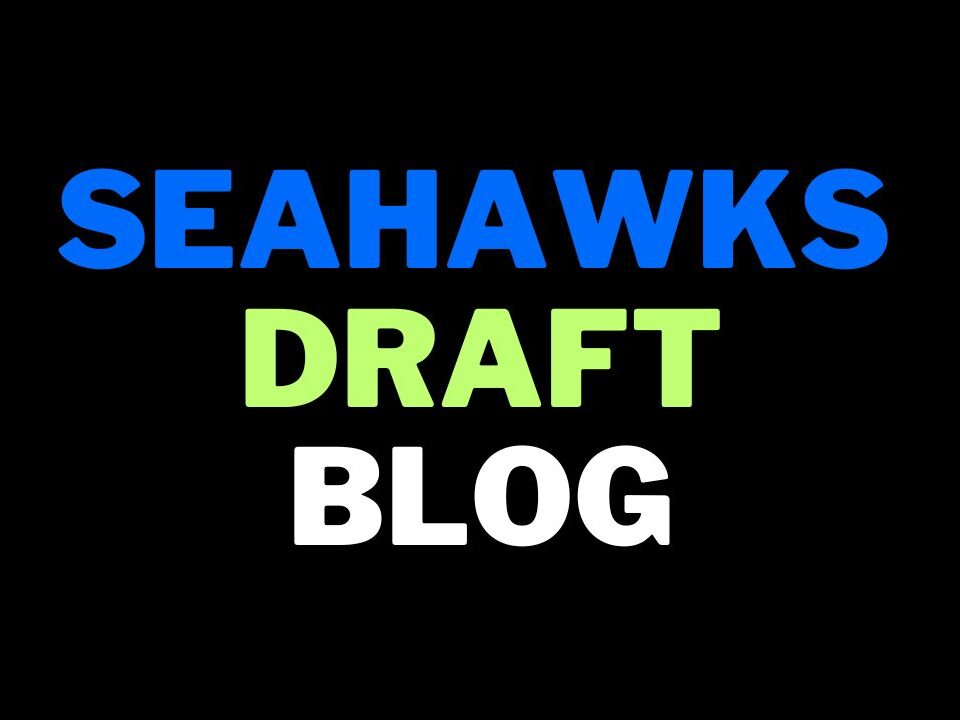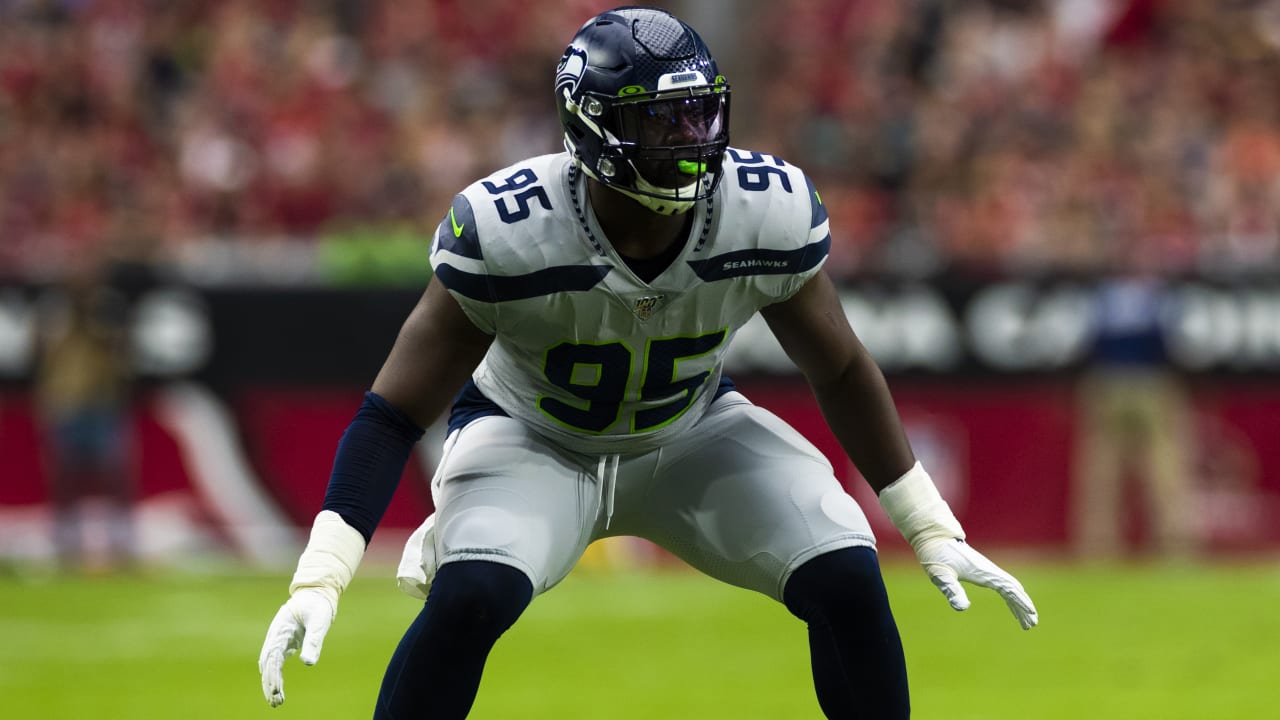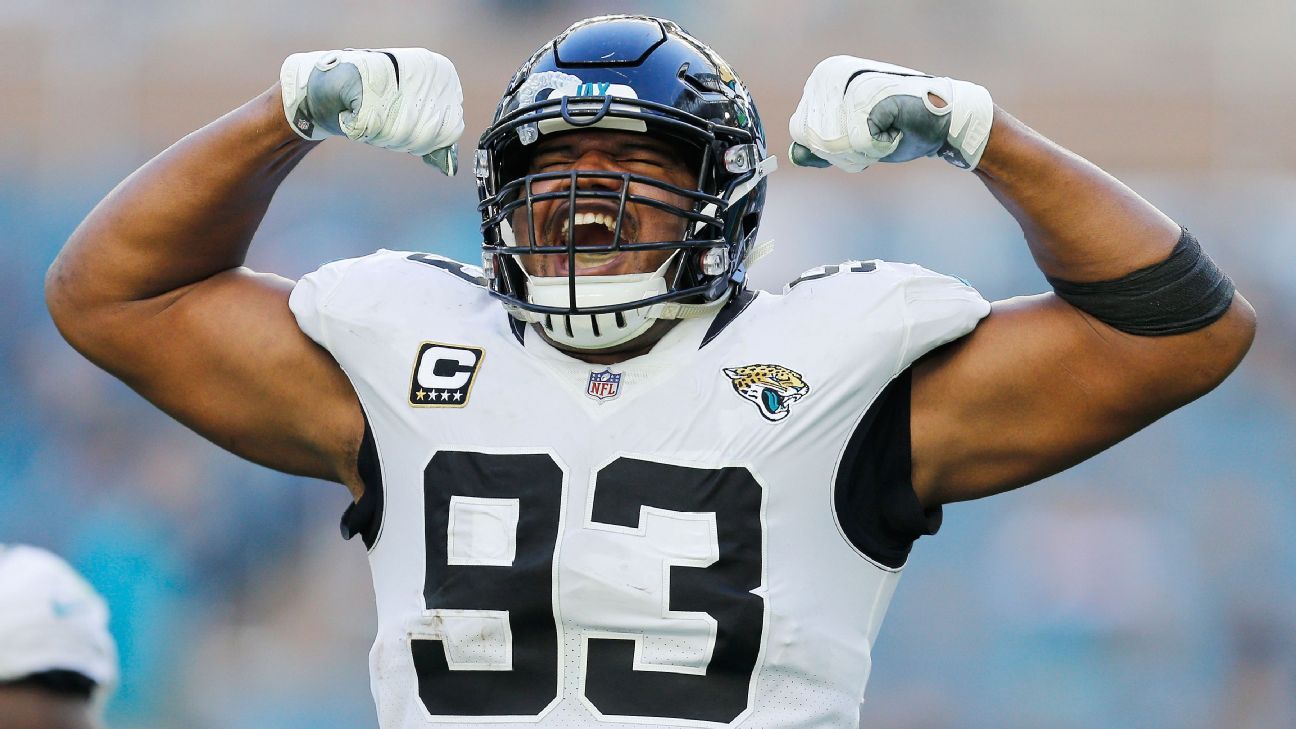
With the Seahawks still needing to add players before the season begins, the financial future of the league is worth keeping an eye on.
NFL.com has published an article highlighting the implications of coronavirus.
Under the terms of the CBA, the salary cap is tied to league growth. With the NFL facing a loss of revenue just like every other sport, there’s an issue to address:
Currently, the league and NFLPA are studying how the revenue could be affected and what the sure-fire losses will look like. That’s one reason why there have been barely any contract extensions and few free agents have been signed after the initial free agency period.
The goal is to make sure the salary cap goes up or at worst stays flat. But what if that’s not possible?
The language used in an article published on the NFL’s own website is encouraging. While other sports face crippling financial issues, the extent of the NFL’s problem seems to be whether or not the salary cap merely stays the same in 2021.
There’s a lot of positive talk about the league starting on time. They’ve already published a full schedule for the 2020 season. Mike Florio — who was outspoken in his opposition to free agency and the draft continuing as normal, posted a piece a month ago claiming the season would take place.
He even suggested the following:
As to the stadiums, it’s also believed that they will be open to fans, with a strong preference for open stadiums from Week One.
Revenue will be lost if the league has to be played behind closed doors or with a restricted attendance. Nobody knows for sure where we’ll be in September. Yet there appears to at least be optimism that some fans can attend games.
If there is a loss of revenue however, the NFL seems to have a plan in place:
Among the possibilities for how to smooth the cap out given expected losses is borrowing from future TV deals. New deals usually create a spike in the cap due to influx of cash, but in this case could be used to create a smooth incline and make up for losses incurred during the 2020 season. The league and the NFLPA could also agree to curtail or eliminate performance-based pay for a few years.
But some have proposed looking at the present, instead of the future, for relief. And this will require cooperation between the NFL and NFLPA.
The players’ union would have to agree to give back some money this year, thus taking on some pain in the short term to offset more in the long term. With roster bonuses, workout bonuses, option bonuses and signing bonuses already paid in the spring, the trim would likely come from the players’ base salaries, which are paid in weekly installments during the season. It’s unclear at this point, with negotiations not even underway, how big of a cut the league would request and what kind of structure the players would accept for the giveback.
The timeline for a plan to be firmed up is training camp. Whether the league borrows from the future or gives some back from the present, there’s a realistic prospect the cap will — at the very least — stay where it is for 2021.
That’s a good thing for the Seahawks if they want to make any further additions this year. They’re down to about $5-6 million in true cap space and will need to borrow from the future to make the kind of sizeable improvement to the D-line most people accept is still required.
According to Overthecap, the Seahawks are in the second tier of ‘cap health’ for 2021. They have a lot of money available in the future and they might need to use it.
Unfortunately, you’re not likely to see much action until a resolution is reached.
Jason La Canfora notes the following:
No one I spoke to expects things to change in terms of spending habits until there is more clarity about what the 2020 season will actually look like. Wallets have largely been abandoned indefinitely in NFL front offices. Sure, things might still work out well for Dak Prescott and Patrick Mahomes and Deshaun Watson – but they are extremes as generational QB talents with significant leverage. They are not the rule, and for guards like Brendan Scherff or Joe Thuney, who were sitting on $16M tenders, they were smart to sign that bad boy a while back.
Assuming they hold out hope of signing reasonable contracts, the likes of Jadeveon Clowney and Everson Griffen are unlikely to be signed until the league really knows where it’s at.
On Clowney, La Canfora had this interesting nugget about his recently reported ‘mega offer’ from the Browns (that he rejected):
The word throughout the agent community is that the reportedly “super lucrative” deal he turned down from the Cleveland Browns would have been worth $12M at its base. That’s a far cry from the over $20M a year Clowney initially wanted on a long-term deal. It’s also well below the $16.8M franchise tag that fellow edge defender Matthew Judon just signed with the Ravens last week. It’s not even close, actually.
If his best offer really was $12m a year, that’s pretty incredible. It also justifies Clowney’s stance on not signing with anyone. It would make him the 20th best paid defensive lineman (and that’s not including the outside linebacker types). He’d be on a par with Justin Houston. It’s five million a year less than Olivier Vernon.
You could argue the injuries limit his value. Which is understandable for every team other than the Seahawks. They presumably gave him a medical when the trade was completed a year ago. They also had access to his medical information throughout the season.
With all of this knowledge, they still referred to him (several times) as a high priority.
If they didn’t offer more than $12m a year, considering the amount they’ve paid for other players this off-season, that would be extremely surprising. It would be nice to know definitively what their best offer was. Because how they’ve handled dealing with the pass rush dilemma this off-season is one of the more confusing situations of the Carroll/Schneider era.
You can now support Seahawks Draft Blog via Patreon by clicking the tab below.







